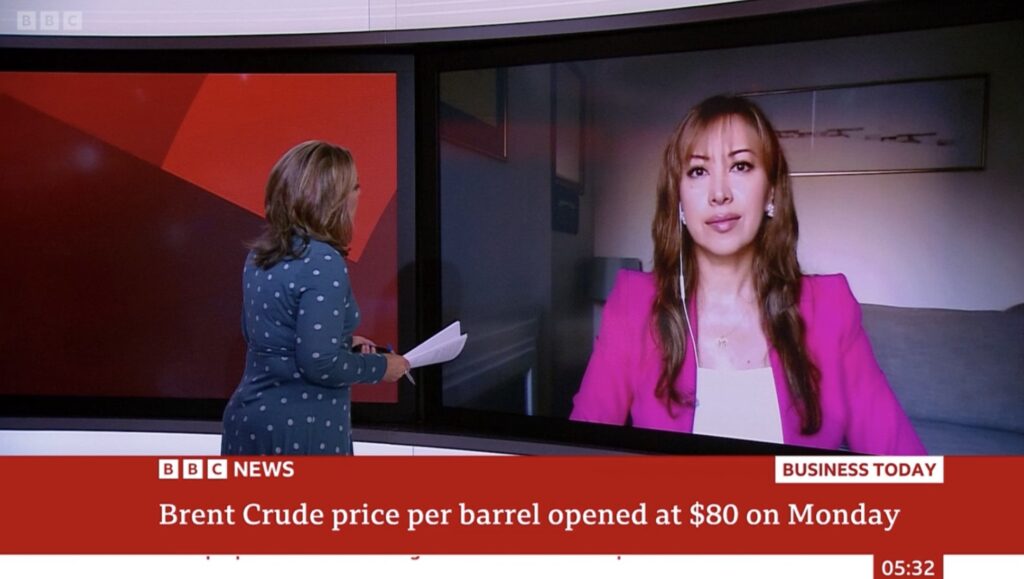In this interview with Hafida Elbouchari from Sky News Arabia, Dr Carole Nakhle, CEO of Crystol Energy, comments on Lukoil’s “Global Energy Perspectives to 2050” report.
Looking at any forecasts beyond the 5-10 years horizon should be taken with caution as these projections struggle to capture a wide range of variables including changes in government policies, advances in technology and shift in consumer preferences. For now, all forecasting agencies agree that oil will continue to play an important role in the world’s energy mix for the foreseeable future.
Green technologies are evolving fast but not at the mass deployment level that can easily displace fossil fuels. For instance, one of the main reasons behind the recent surge in European gas prices is the inability of renewable energy sources to meet the rising demand in heating and electricity. This is a result of a limitation in energy storage technologies which can address the intermittency and variability of renewable energy.
Commenting on “Global Energy Perspectives to 2050” report recently published by Lukoil, Dr Nakhle sees that the “Equilibrium” scenario is the most realistic because it balances between economic development and climate pledges. The “Evolution” scenario doesn’t take into account the climate pledges by various governments and institutions, while the “Transformation” scenario assumes a radically decreasing reliance on oil and gas to be replaced by renewables. The renewable energy technology is still not ready and the carbon price has to rise to more than $200/ton (compared to a current average of $68/ton in Europe).
Dr Nakhled further adds that the forecast of 380$/bbl oil price by 2050 is largely driven by inflation and equates to 35$/bbl in today’s money. Inflation is a normal phenomenon in economics but the “Transformation” scenario overestimates it since its level will depend on the volume of investments in the green energy sector.
Another factor which could influence the oil price in 2050 is the carbon price which should roam around $200/ton for the desirable effect on fossil fuel consumption from a climate perspective. Although we are slowly heading in the right direction, we should closely follow carbon pricing around the world – not only in Europe. The optimal carbon price should balance between economic development and net-zero emissions; however, one should not forget its effect on the consumer. With all of Joe Biden’s ambitious climate targets, the US Administration has failed to impose a carbon price given the fear of losing public support.
Dr Nakhle concludes that we have to closely compare the decline in oil and gas investments and the growth in demand. If demand growth is slowing down, the decline in such investment won’t have a dramatic effect that many analysts are warning about today.
Watch the full discussion (in Arabic)
Related Analysis
“European gas crisis – the new normal“, Dr Carole Nakhle, Nov 2021
“An Energy Crisis Like No Other“, Lord Howell, Oct 2021
Related Comments
“Major risks for energy markets in 2022“, Dr Carole Nakhke, Dec 2021
“Natural gas crisis – why prices are soaring“, Dr Carole Nakhle, Sep 2021









